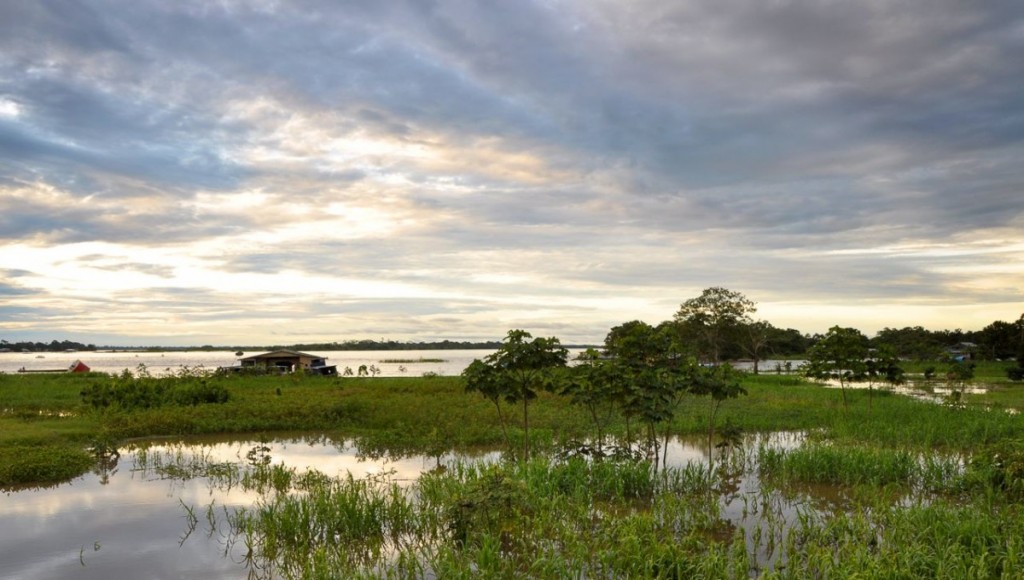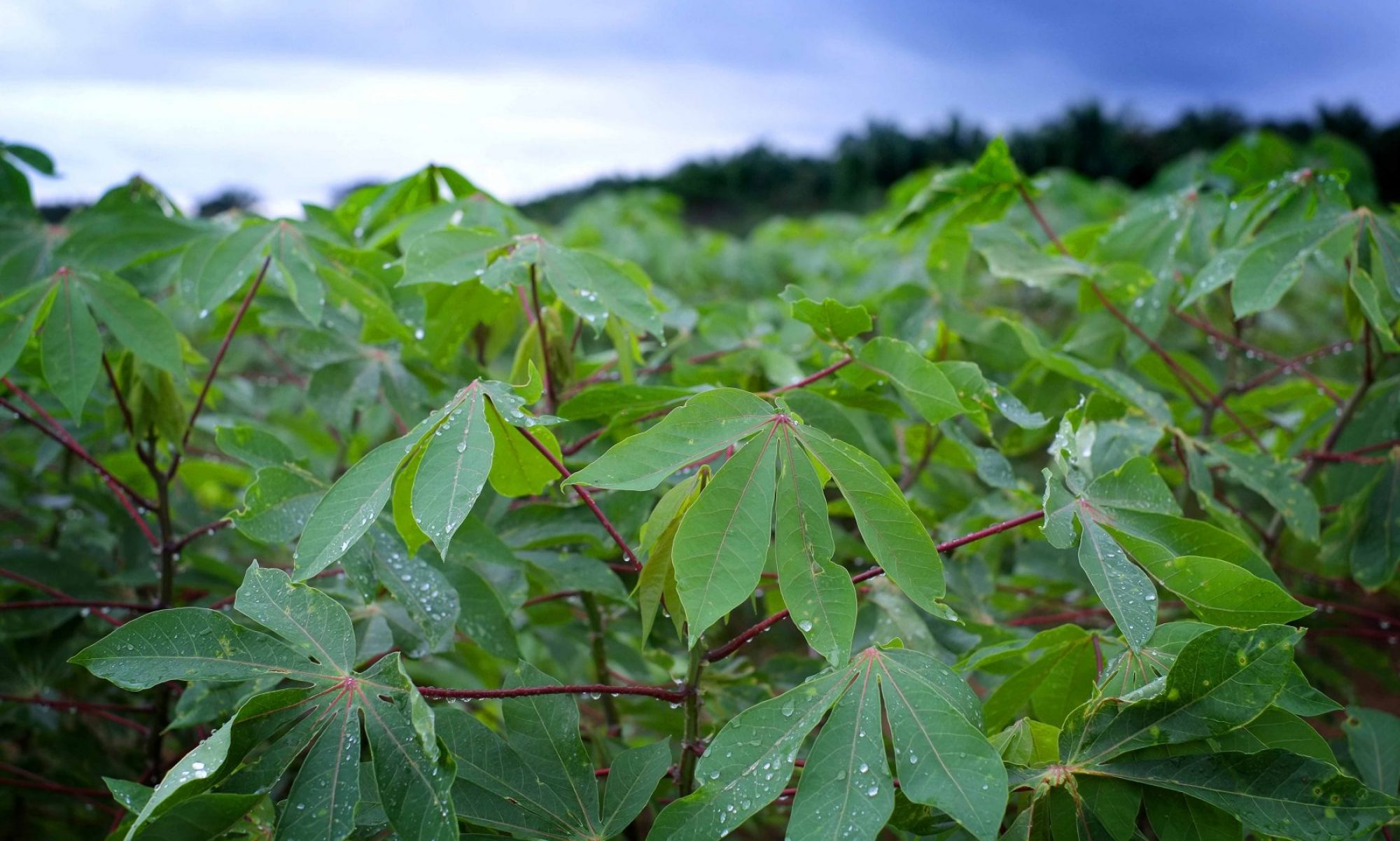
The centre of origin of cassava is in the Amazon. Indigenous populations in the Amazon have cultivated cassava for thousands of years. One approach to finding AMF that are particularly efficient for cassava growth could be to isolate AMF from cassava populations with which they have co-evolved. Read about where we do this and what we are doing.
The objectives
The objectives are to characterise AMF communities in the roots of naturally growing cassava. Indigenous groups cultivate cassava in clearings in the forest and in areas near the river that are flooded in the wet season (known as chagras). We sample roots from cassava populations near the Amazon river in Colombia. The harvesting is fairly non-destructive as the plant is dug up, small roots are removed and then the plant is replanted.
Origin of the cassava plants: The true origin of the cassava is not fully known because the populations occur close to the Amazon river which was a main trading root for indigenous communities for thousands of years. It is likely that indigenous groups swapped cassava accessions, probably over very long distances, and interviews with local indigenous groups confirmed this. However, it seems that the plants have not undergone any sort of breeding and have not been exposed to fertilisers, fungicides or pesticides.
Isolating AMF: Cassava roots are used to inoculate non-mycorrhizal plants. The plants then become colonised by the AMF from the cassava roots. From these, newly produced spores can be isolated into single species AMF cultures which can then be tested for their effectiveness in promoting cassava growth. This is carried out in the greenhouses of the National University of Colombia.
Characterising the AMF community in natural and cultivated cassava: DNA is extracted from the roots of cassava plants and then using high-throughput sequencing techniques the natural AMF community can be characterised.
Who works on this project
Daniela Léon is a Master’s student and is the main person working on this project.
Project leaders: Alia Rodriguez (National University of Colombia), Ian Sanders (University of Lausanne)
Current status of the project: This project is in the very early stages. To date we have made one expedition to the Amazon for sampling the cassava roots. Photos of the sampling and region can be seen on the right.
